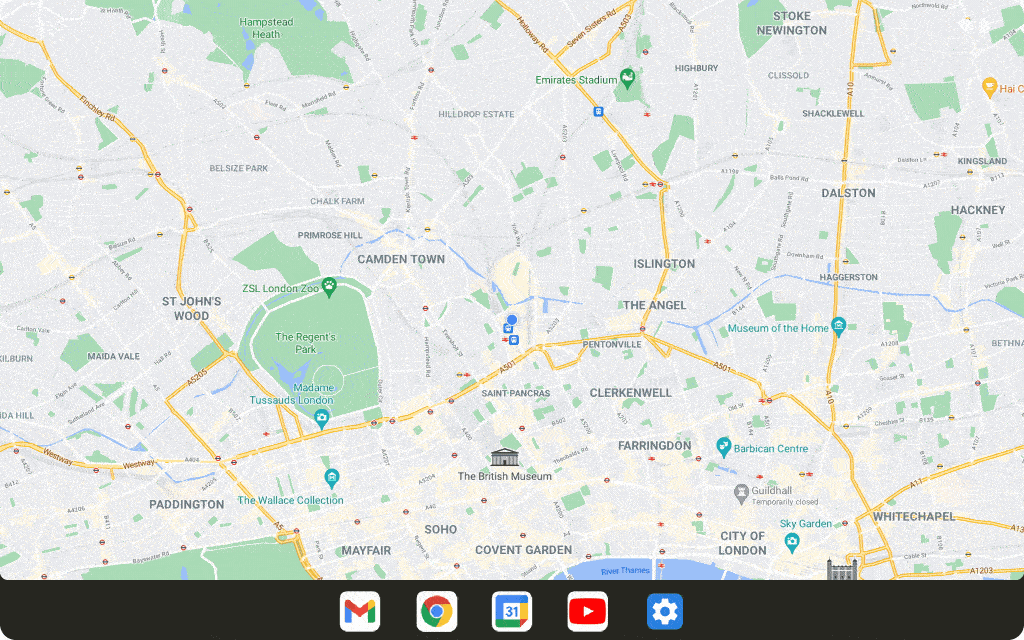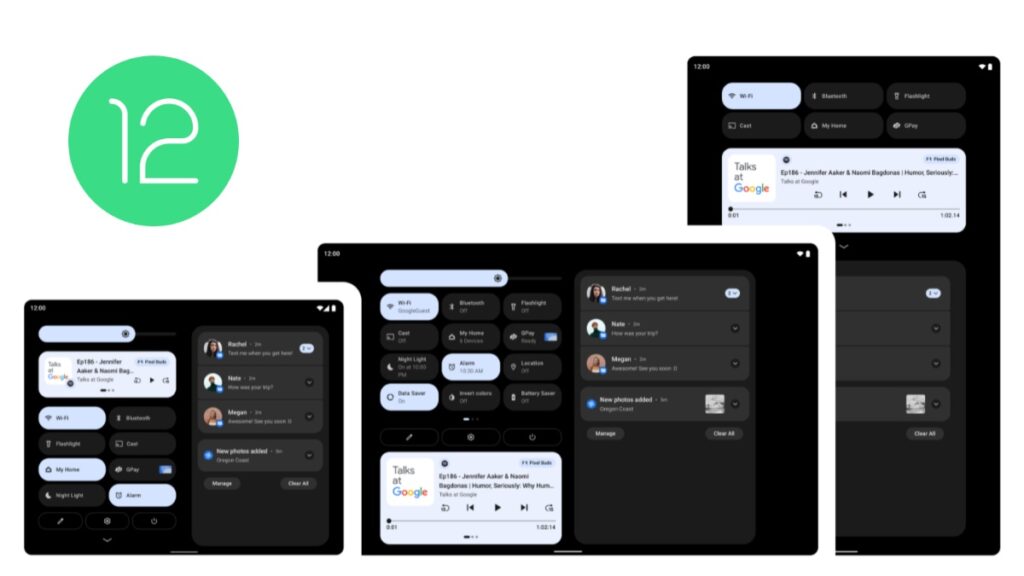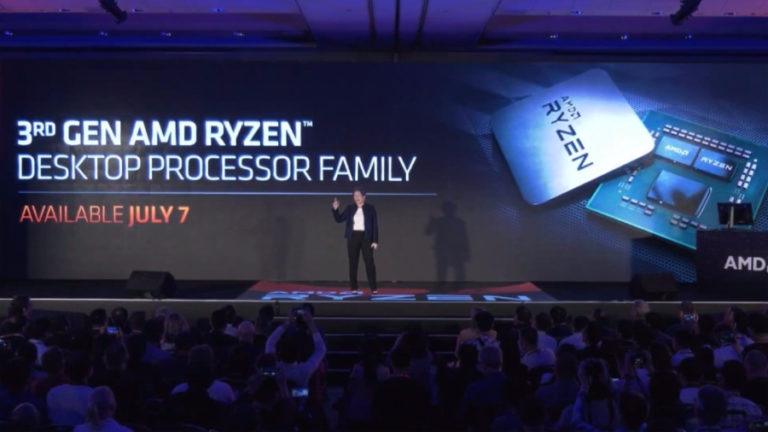Android 12L Beta 1 Is Out: Here’s What’s New

A couple of weeks ago, we covered Android 12L, Google’s ambitious Android variant tailored for Android tablets, and the first beta of the same is finally here. We all know that the Android tablet market witnessed a steep decline in the past decade, but does Android 12L hold the key for Google to revive the market again? Let us reflect on the same.
Android 12L Beta 1 Features: What’s New?
Android 12L is optimized for screens larger than 600sp with a new quick settings panel that has two columns and uses the entire horizontal space on the screen to show more quick settings tiles and notifications, almost as if the notifications area and the quick tiles area were taken from two different devices and combined.

There are new multitasking UI, animations, and features in addition to the Taskbar. Users can drag and drop an app on the side to initiate a split-screen alongside an active app. Apart from that, Android 12L also aims to improve letterboxing to run more apps in compatibility mode.

There’s more. New APIs have been added for developers, of which most of them were made to improve the overall user experience, to optimize elements for large screens with Material Design. Developers can migrate UIs to responsive layouts and work on Adaptive UI in Jetpack Compose, Android’s toolkit for building native UI.

Between the first beta and the first announcement, Google has made significant progress, and it’ll be interesting to see what Android 12L’s future beta versions bring to the table. As for the question of whether Google can finally revive the Android tablet market from the dead, it’s too early to predict. But with more manufacturers focusing on tablets, we sure do hope that the upcoming Android tablets can give Apple’s iPad some competition.
What are your thoughts about Android 12L? Do you think Android tablets will come back stronger due to the same? Let us know your views and opinions in the comments section below. You can also check out the official release post by clicking here.






